The name of the large genus Lantana may be more commonly known to most people as verbena. The genus comprises more than 150 species, make it a versatile and plentiful group of plants to choose from when selecting perennials for a garden or landscape. In fact, there are so many varieties of verbena that is can be difficult to navigate the sea of colors, growth heights and blooming patterns of the group. Fortunately, we’ve captured all the basics here for you, so read on to learn more about this lovely and prolific genus.
Lantana Variations & Cultivars
Lantanas are available in a rainbow of colors, and more are being introduced all the time. Varieties may grow low to the ground as a plant or get a little taller like a shrub. Some of the common shades are red, white, blue, yellow, orange, and even blue, but many plants feature blooms that change hue as the season progresses. Let’s take a look at some of the most popular varieties and their characteristics:
- Lantana camara: Also known as Spanish Flag, this is the most widely available varieties of lantana, and there are many cultivars within this species such as Dallas Red and Irene. In fact, when a lantana plant is label simply as “Common Lantana,” it’s extremely likely it’s a camara cultivar.
- Lantana montevidensis: This variety often is referred to as trailing lantana or shrub verbena. It comes in many different colors and can bloom year-round in tropical climates. It’s often used ornamentally in flower gardens.
- Lantana depressa: The name says it all for this variation, which spreads like ground cover and features small, colorful blooms.
- Lantana strigose: Rough Shrubverbena earns its name from its “hairy” leaves. The blooms, however, are identical to those found on common lantana varieties.
- Lantana involucrate: This variety loves tropical areas and also may be called buttonsage or wild sage because of its fragrance.
Tips on Planting Lantana
Lantana is widely considered a perennial in tropical regions of the globe, but it also grows fairly widely as an annual. Plants thrive in the southeast part of the United States but also can be found in Ecuador, Madagascar and the Galapagos Islands. They are so prolific in Australia that they are considered an invasive species and efforts are made to control their growth. If you are considering planting lantana in your garden or landscape, here are the guidelines to follow:
- Zones: In the United States, lantana does best in USDA Plant Hardiness Zones 7 and above. In the cooler regions, it is an annual; in warmer areas it can bloom all year. It also commonly is used as a houseplant thanks to its long blooming period and bright, cheerful colors. If the plant is in a pot on the patio during summer, it should be brought inside when temperatures drop to around 50 degrees.
- Sun exposure: Lantana like bright sunlight for at least six hours per day in order to maintain their profuse flowers. However, although you can grow them in full sun, they appreciate a bit of afternoon shade so try to plant them in places where they will get a few hours of part sun.
- Soil: Lantana grows best in moist, well-drained soil, that’s slightly acidic, but they can survive in drier conditions. Drainage is important as they don’t live as long with wet roots. Lantana thrive in pots but need some sort of moisture source. If you will using lantanas as houseplants, place the pot over a plate with water and rocks for moisture. They are quite easy to grow indoors as long as they have enough sunlight each day. Remember to rotate the planter weekly so they don’t start ‘leaning in’!
- Timing: Lantanas come into home and garden stores usually in the early spring before the bloom. Once they have flowered, the bloom should last at least into the early fall. In zones 7 and above, plant lantana in the fall and enjoy the colorful blooms late into the winter months. If you are using a variety that can survive in Zone 7, we recommend mulching heavily in case of a prolonged freeze.
- Landscaping: This is an extremely popular genus for landscape plants. You can plant the lower-growing versions along walkways, on ledges or near riverbanks. The trailing varieties in particular make ideal container plants, especially when combined with the bright green of sweet potato vine. The shrub varieties, which grow taller, can be used throughout a landscape design where foliage and prolific pops of bright color are needed. They fill a corner spot well but also get along with most other garden plantings. Some people even choose to create a lantana tree. This involves starting a shrub lantana variety in the spring and carefully pruning it as new growth appears. The stem should be supported with a bamboo stick until the plant is strong enough to stand on its own. With timely pruning and transplanting, a tree shape will appear, and the plant can bloom continuously if brought into the house starting in the fall.
Care for Lantana Plants
Lantanas are not a fussy bunch, but they still have their needs and vulnerabilities. In the garden they require basic maintenance, and as a houseplant they need trimming and light in order to sustain their flowering habit. Here are some guidelines for how to keep your lantanas happy and healthy no matter where they are planted:
- Blooms: In tropical climates, lantanas can bloom nearly year-round. In the southern United States, they serve mostly as annuals, showing flowers from spring into fall. The range of colors lantanas may take is nearly unlimited. Red, orange, yellow, blue, and purple flowers are easy to come by. One of the most endearing traits of lantanas is that their blooms change color as the season progresses, so a yellow flower might eventually morph into an orange or reddish bloom, sometimes with more than one shade on a single petal. The cheerful colorations that lantanas offer is the chief reason it is so popular among gardeners across the United States.
- Leaves: The leaves of lantana species are fairly small and medium green with a serrated spear shape. Many varieties have a fuzzy hand feel (see strigose, above), but some are smooth. The leaves are one of the first indicators of poor plant health. Changes in coloration or spotting likely are signs of an infestation.
- Trimming: Lantanas respond will to trimming both indoors and out. Pruning of outdoor plants should take place in the spring. Gardeners may cut back about a third of the growth. Deadheading spent blooms can keep the plant looking attractive all season long, but it is not vital to its health. Indoor plants should be trimmed periodically to keep them at a size that’s appropriate for the indoors.
- Fertilizing: Although it is not crucial, some gardeners prefer to fertilize their lantana plants. Use a balanced fertilizer of about 10-10-10, and be careful not to overdo it. Too much fertilizer can burn and kill the plant.
- Disease: Though hardy, the lantana genus has its share of natural threats. Insects such as lace wings or white flies can attack the leaves, making them turn black. There some molds that might make their home in lantanas as well, including powdery mildew or sooty mold. These, along with the insect problems, may be treated with chemical sprays formulated for plants.
- Propagation: Stem cuttings are the easiest way to propagate lantanas, though some people use start them from seeds as well. To take grow a stem cutting, snip three inches of a nonflowering shoot and dip the ends into root hormone, carefully avoiding any low-growing leaves. Plant the cutting in a mix of perlite and peat moss and place the tray in a plastic bag situated next to a window that has filtered light (such as through a sheer curtain). After a few weeks, roots should have formed, and the plants may be removed from the bag and placed into larger individual pots.
- Berries: Lantanas produce berries that often are blamed for sickening people or animals that consume them. However, there are humans who routinely make pies out of the ripe berries or eat them while hiking if they find them along the trails. The general rule is to avoid unripe berries entirely and use caution if eating ripe versions.
- Attractants: Another lantana selling point is the fact that the plants attract butterflies to the garden in many parts of the United States. Hummingbirds, also, are frequent visitors to yards that have lantanas as part of the landscape. If you want to attract hummingbirds and butterflies near your home so you can observe them through your window, plant lantana varieties in hanging pots placed near the windows. Certain birds also like to harvest the bright flowers of lantana plants to decorate their nests and attract mates.
- Bees: Because honey bees create distinct varieties of honey depending on what types of plant from which they are gathering nectar, some people plant large swaths of lantanas to get lantana honey. This is mostly common in areas where large meadows of the plant grow freely.
How to Use Lantata Plants?
Despite the plant’s reputation for being poisonous in some cases, there still are plenty of people who consume parts of the plant or use it for various other purposes. Here are some of the ways in which lantanas are used for more than just pretty garden plants.
- Wood: Tribal cultures in India use the wood stems of the plant to make furniture that resists rain, sun, and termites. For them it is readily available and much less costly than bamboo.
- Extracts: Distilled extracts made from the plant may be an effective insecticide for other plant species such as cabbage. There is a particular type of aphid that can be terminated using the extract.
- Oil from leaves: Commonly called “verbena” when used as a scent ingredient, the oil from lantana leaves is lightly citrusy and quite strong. Candles, body lotions, and room fresheners may include fragrance oil for lantana.
- Medicinal: By far the most popular and varied use the lantana plant aside from landscaping is its touted medicinal use. The oil may be used to treat skin rashes and sooth cuts, abrasions and stings. Some people allow the leaves to steep in a water bath, and soaking feet or elbows in the water may help alleviate the pain of rheumatism. Brewing the leaves into a tea is a traditional treatment across the globe to help with cold symptoms, headaches, fever, and indigestion. Other people inhale the steam from the hot tea to address respiratory ailments. Even the roots of the plant may be pressed into service. After they are dried, they are brewed and consumed to allegedly treat flu symptoms and cough.
- Repellant: The highly fragranced leaves often are dried and burned. The smoke is said to repel mosquitos and other pesky insects.
- Culinary: As mentioned above, it is not unheard of for people to harvest ripe berries from lantana species and use them in cooking. In Ecuador, residents make them into jams, pies, and beverages regularly. Still, the debate about their toxicity continues.
Final Thoughts
Clearly, the lantana genus contains a huge variety of species, preferences, and uses. In some countries, it is considered at best a weed and at worst an invasive species. But there are still more regions in which lantana is embraces as a beautiful and prolific blooming landscaping plant that no garden is complete without.
Gardeners enjoy lantana for its relative ease of growth and wide variety of blooming colors. Those who want to attract butterflies and hummingbirds to their garden spaces may plant lantanas throughout the landscape. The discussion about the toxicity of its leaves and young berries as they pertain to wild animals, pets, and humans continue to be debated, but in the ripe berries seem to relatively safe for consumption.
Truly the lantana is useful plant to have in your gardening repertoire, so don’t hesitate to consider it for your landscape, container or planting box. Bring a bit of cheerful color and butterfly beauty to your home.

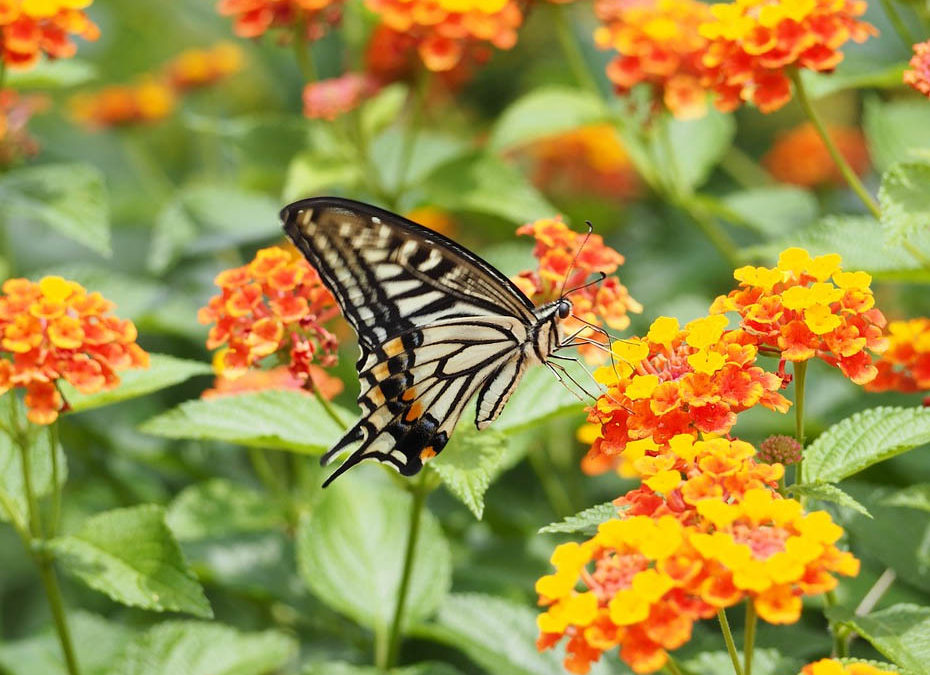
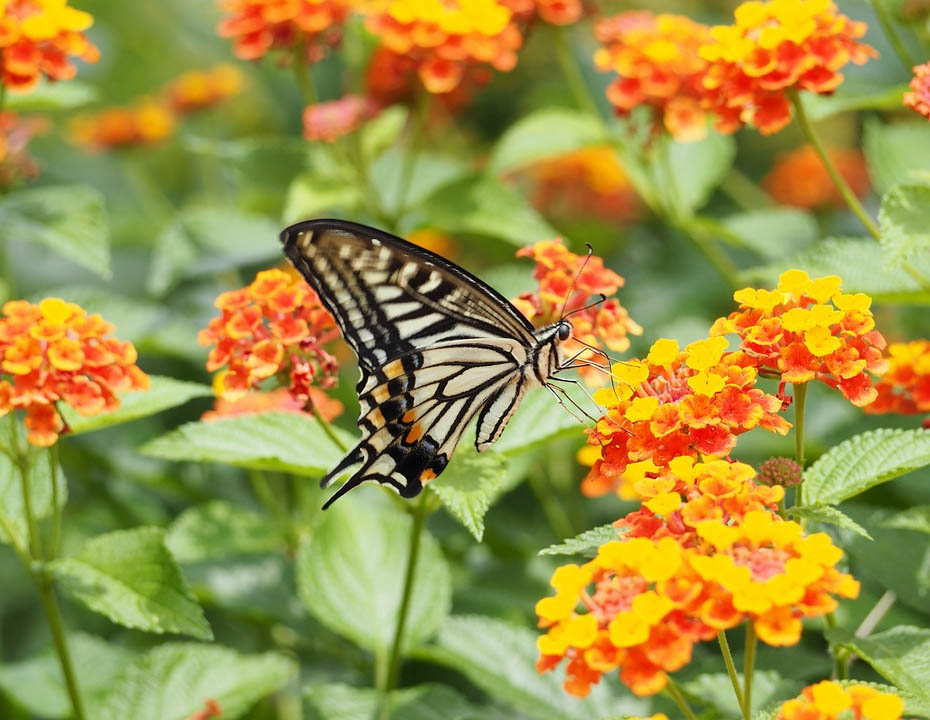
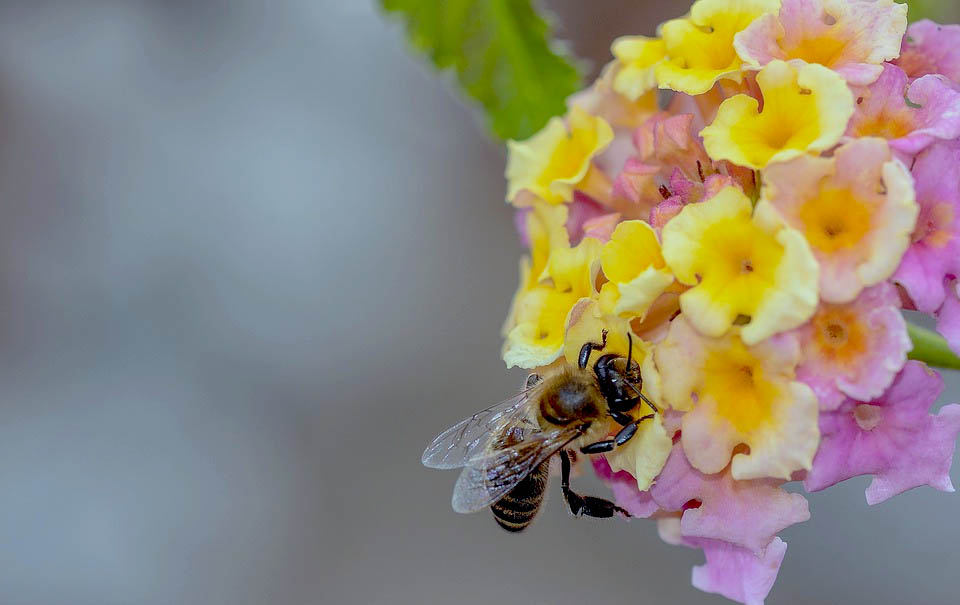
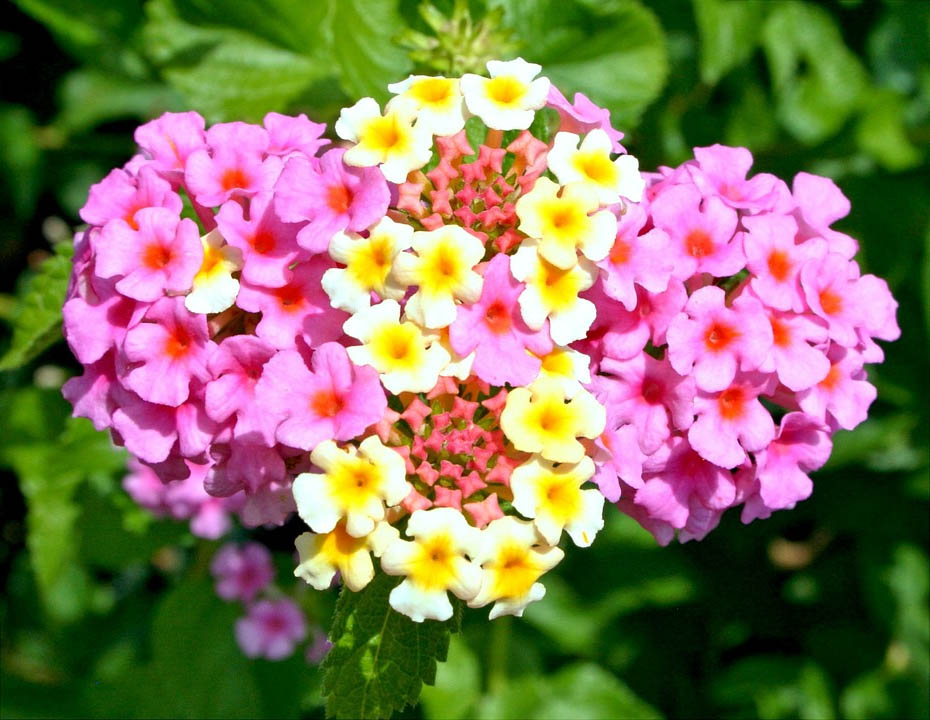
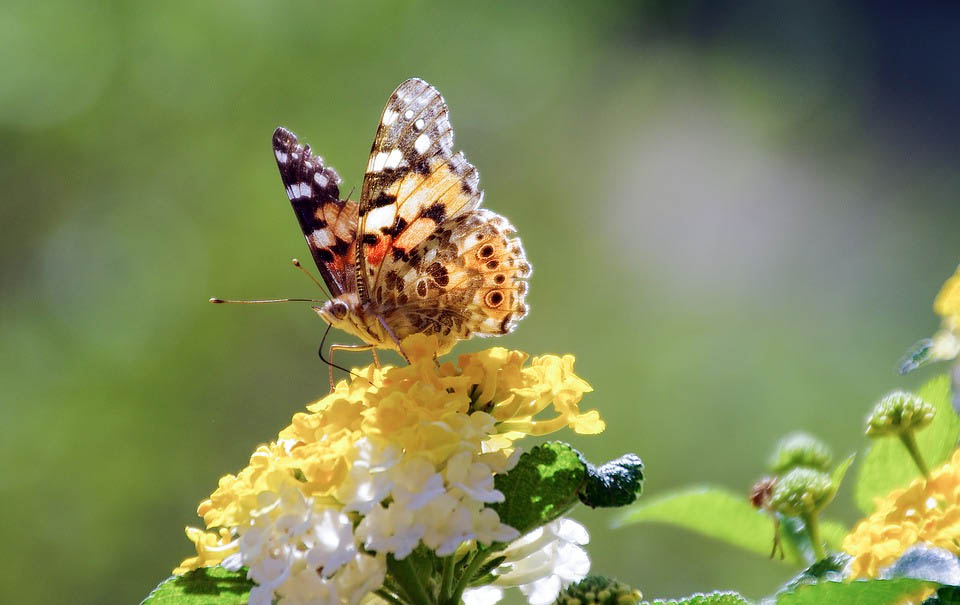
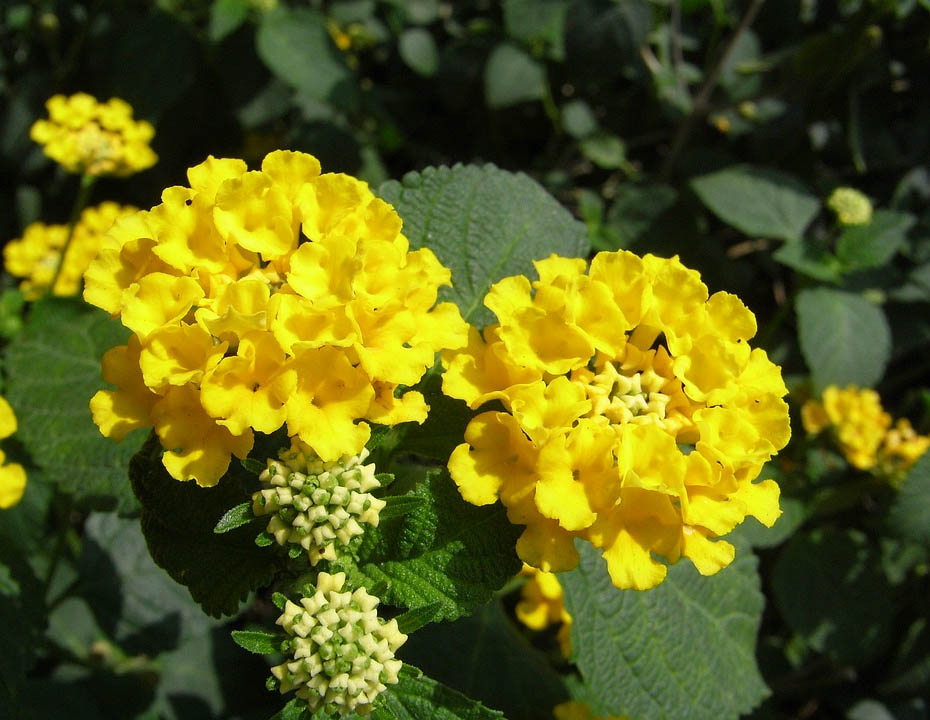
Live in Atlanta area. If I buy these will they lat all winter if planted in September?
So, you are probably a 7 to 8 zone; most of the lantanas will do well, but make sure that you do provide a nice ‘mulch blanket’ in case you have a deep freeze in your area!
Central North Carolina: I was warned long ago that rainwater flowing to the roots of cut back lantana could freeze and destroy/damage the plant. In the past, I have covered the plant with plastic before mulching. When I cut back my lantana in 2019 I didn’t use plastic — just mulched. Winter 2019-2020 was the wettest I can recall and I noticed the plant was slower to start up again this past spring. Perhaps frozen rainwater to the roots was the reason.
I live a little southeast of you and have 3 varieties of lantana. They come back every year but do die back during winter.
I want to order landana plant in different color but I can’t order a variety. Plies can you help me to do i
Sure thing! You are welcome to give us a call and we can help: 888-829-6201
I bought a lantana earlier in the year before it had any blooms and was very disappointed to realize the blooms were nearly pure white. I know with hydrangeas you can add things to the soil to influence color and I was wondering if the same could be done with lantanas.
I have the beautiful tri color that grows wild on my 10 ac. place and is a beautiful bush to attract butterflies and bees. I suggest this plant highly and watered right this plant will bring Humming birds and bees to your yard to show off and do what they do best on the rest of your flowers and garden!
I live in Atlanta suburb, zone 7. I’ve had two pink& yellow lantana in a sunny curbside bed, amazingly return for 5 yrs, producing leaves late spring in the past. I leave the woody ugly stems of the Bush all winter, cutting back to ground when new leaves start showing in late late spring. This yr, the leaves showed later and are coming in so slowly, only 1.5-2″ tall and it is almost July 4th. Why so late? One is still a round 8″ wide spot of low leaves, but the one getting more SUN has spread into a long narrow ‘spot’ about 8″ x 18″. This week I see 3-4 very tiny (1/4″) flowers starting to form. WHY SO LATE THIS YEAR?
I’m also near Atlanta. We have red clay/dirt. In a full sun area,
I planted 2 pink and 2 yellow 1 + month ago. I’m so sad they are looking bad. Have yet to grow hardly at all. I’m going to treat them with insecticide tomorrow. Staying hopeful mine will fill in like yours. if not, I may move them to get Some afternoon shade.
For many years I’ve been told that once cut back to the ground, lantana should be well-mulched to prevent rainwater from getting into the exposed plant, flowing to the roots, subsequently freezing and killing the plant or part of it. In the past, I have also covered the plant with plastic before mulching. When I cut back my lantana in 2019 I didn’t use plastic — just mulched. Winter 2019-2020 was the wettest I can recall in my years on earth and I noticed the plant was slower to start up again this past spring. Perhaps frozen rainwater to the roots is the reason.
Has anyone ever had their lantana spit or pop when watering it?
How do I know if I’m getting the low-growing plant and not a shrub? Do they have specific names to go with Lantana so I can tell which verity I’m buying? On my container it says Per-Lantana Bloomify, Not sure what that means. Maybe you can help.
Thank you so much for your help. Susan Tedford
The lantana we had in our side yard when I was a child was the tri-color variety. It bloomed each year and became huge. We cut it back to the ground each winter once the frost hit it, then mulched it. This seems to be the lantana we call “Miss Huff” today and it’s what I grow in my yard. I let it get as large as it wants to grow (within reason) as it makes a good foil for our hen yards. Each year Miss Huff spreads by roots. When I cut the plants back to the crown/ground I repot extra roots for friends and family, overwinter in my greenhouse and share in the spring while still dormant. For many years I’ve been told that once cut back to the ground, lantana should be well-mulched to prevent rainwater from getting into the exposed plant, flowing to the roots, subsequently freezing and killing the plant or part of it. This is what I do myself and this has always been my recommendation to other lantana growers. In the past, I have also covered the plant with plastic before mulching. When I cut back my lantana in 2019 I didn’t use plastic — just mulched. Winter 2019-2020 was the wettest I can recall in my years on earth and I noticed the plant was slower to start up again this past spring. Perhaps frozen rainwater to the roots issue the reason.
Susan Redford
When you purchase your plant there should be a tag on the pot indicating whether it is “mounding” or “trailing”
I live in S Miami. My Lantana did great all spring and summer. They were full. I trimmed them down and some looked like they died. I did notice a powdery mold. And I have to fight with snails constantly. You said chemical spray for plants. What kind of chemical spray do you recommend?
Are poisonous to dogs?
Curious here as well as we have 2 golden retrievers – Toby
I just received my first Lantanas. I live in upstate NY-zone 6. After reading the above information, it looks like I should be planting these in a pot so I will be able to take them inside during the winter. Is that correct?